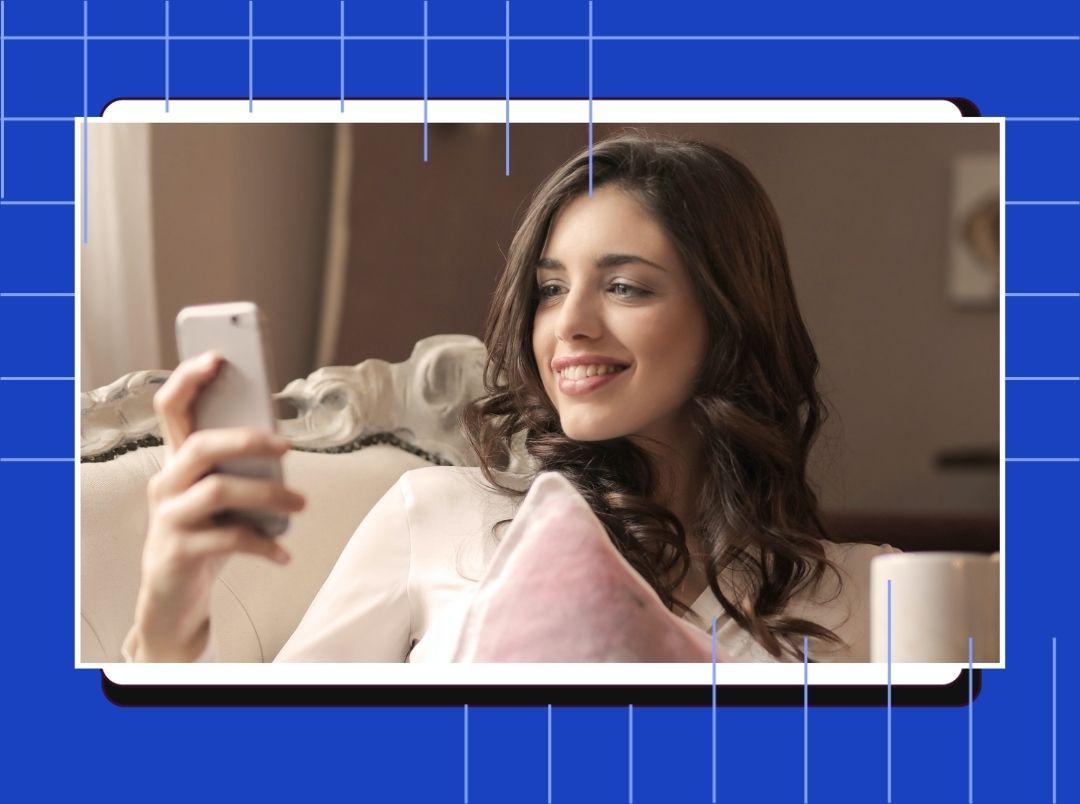Are you wondering why your skincare routine isn’t quite giving you the results you wanted? It’s probably because unknowingly blue light is damaging your skin and making premature signs of ageing pop up much sooner than expected. This could mean that in spite of you having your skin cleared of acne or opting for glow boosting treatments, it will still look dull and dehydrated with some visible spots and fine lines. That’s a shame considering the amount of effort we put into skincare daily, now isn’t it? To prevent your skincare efforts from failing, it is important to first understand the issue properly in order to treat it correctly. So, what exactly is blue light damage and how can you protect yourself from it? We have an expert give us all the answers we seek. Internationally acclaimed dermatologist and Medical Director and Founder of Dr. Nishita’a Clinic for Skin, Hair & Aesthetics, Dr. Nishita Ranka Bagmar gives us the lowdown of what blue-light damage really is and how we can prevent it from affecting our skin.
What Is Blue Light?

The sunlight is the main source of blue light which accounts for 25% of the sun’s rays. In addition to that, there are many other sources like LED lights and fluorescent lights such as those found in computers, smartphones, tabs, and flat-screen TVs. This means we are exposed to blue light daily.
It is true that blue light sits within both harmful and harmless wavelengths. The lower wavelengths of blue light are damaging to the skin, but the higher wavelengths do have some positive benefits for acne-prone skin types and that’s why light therapy procedures are popular in salons too.
How Does It Damage Skin?
Not only is blue light awful for our sleep patterns as it interrupts our natural circadian rhythm, but research suggests that blue light also generates free radicals that cause oxidative stress in the skin which therefore contributes to early signs of skin ageing. Blue light can penetrate deeper to the skin’s outermost layer-dermis, where our collagen and elastin are located, and destroy these structural proteins. The collagen degeneration results in loss of firmness and increased visible lines and wrinkles. Blue light also leads to inflammation contributing to photo-ageing of the skin and an overall weakening of its barrier functions. Moreover, hyperpigmentation can also be induced due to blue light damage, especially in darker skin tones.
How Is Blue Light Damage Different From Sun Damage?

Exposure to Ultraviolet (UV) rays is long known to age our skin prematurely. UV damages the cells’ DNA directly, but blue light destroys collagen through oxidative stress. And according to some science-backed data, blue light can be way more harmful than UV damage. A small, peer-reviewed study published in the Journal of Investigative Dermatology (2010) found that exposing skin to blue light can cause more pigmentation, redness, and swelling than when exposed to comparable levels of UVA rays.
How To Protect Your Skin From Blue Light Damage?
“Covering your phones and computers with a blue light shield or using a night mode setting are cheap and easy fixes to reduce blue light pollutants. When it comes to protection through skincare, slathering skin with broad-spectrum sunscreen and applying a ‘smart shield’ moisturiser packed with botanicals is ideal,” suggests Dr. Bagmar.
Best Topical Skincare Products & Ingredients To Treat Blue Light Damage

Crafted For The Cause
Using skincare that offers blue light protection is a great idea as it works by physically blocking the light and fending off free radicals before they can cause damage such as age spots, collagen breakdown, and sagging skin. Even tinted sunscreens can fight off blue light damage and work as a protective skin shield.
Physically Awesome
If you are wearing a physical (a.k.a mineral) sunscreen (SPF 50 or above) that contains zinc oxide and titanium dioxide, you are already ahead of the game. These sunscreen ingredients are physical barriers that help protect skin against blue light as well as UV rays. A study published by the Journal of Drugs and Dermatology (2020) revealed that iron oxides provide more protection against blue light induced pigmentation than mineral sunscreens do.
Fab Formulas
Topicals like vitamin C, niacinamide coenzyme Q, resorcinol, and vitamin E products provide effective protection from this kind of damage. Even botanicals brimming with antioxidants, anti-inflammatories, and emollients are expected to offer protection. These botanicals include green tea polyphenols, butterfly ginger, cocoa, and algae extracts.
Since we are exposed to blue light daily, understanding its effects and taking the right measures to stay protected is of utmost importance if you care about your skin health. With this info, we can finally know what we’re doing and mould our skincare routine to be more effective.
Featured Images: Pexels






